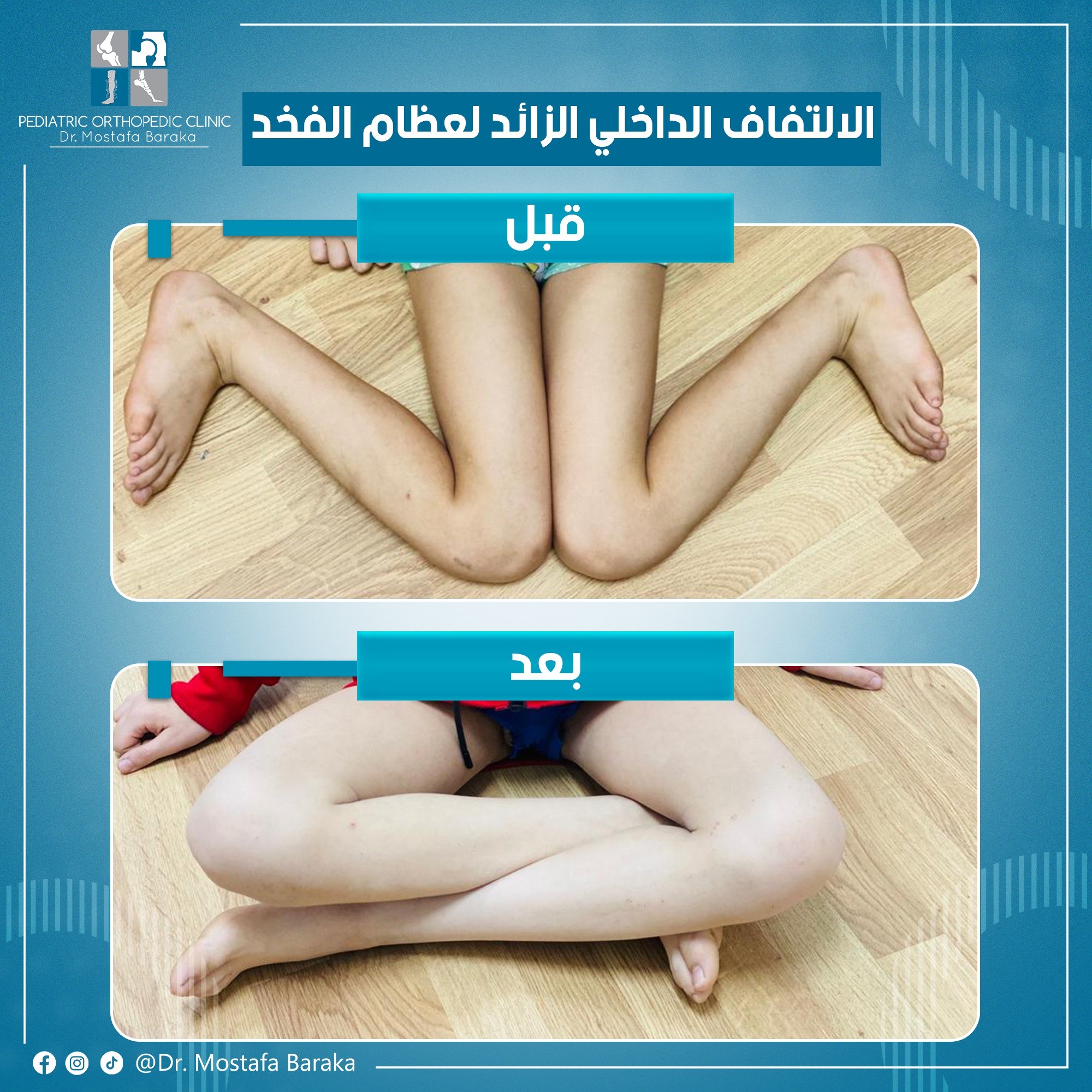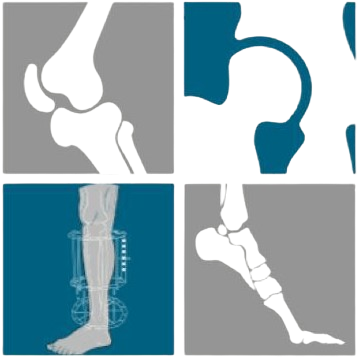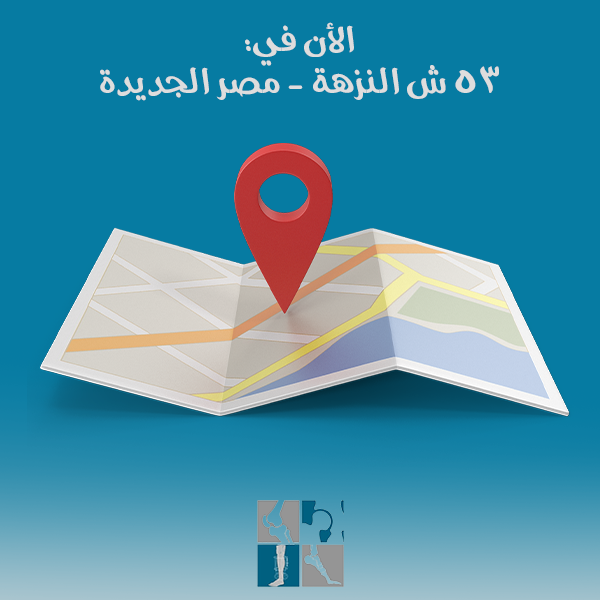Excessive internal rotation of the femur is a medical condition that affects the movement and position of the thighs, where there is an abnormal rotation of the upper part of the femur inward. This condition can cause walking challenges, pain and may affect the patient's quality of life. In this article, we will discuss the possible causes of this condition, the accompanying symptoms, and available treatment methods.
Causes of excessive internal rotation of the femur bones There are several factors that can contribute to the occurrence of excessive internal rotation of the femur bones, including:
- Genetics : Genetic factors may play a major role in the development of this condition, as it can be inherited from a parent.
- Fetal position : During the stages of fetal development in the womb, some positions may increase the chance of internal curl.
- Growth disorders : Certain disorders that affect the growth of bones and joints can contribute to this condition.
Symptoms of excessive internal rotation of the femur Symptoms vary from person to person, but common symptoms include:
- Difficulty walking : Those affected can have difficulty walking normally, causing frequent stumbling.
- Pain in the thigh and knee : The patient may feel pain in the thigh and knee area as a result of the abnormal position of the bones.
- Joint wear and tear : Over time, internal wraps can wear down joints and increase the likelihood of arthritis.
Diagnosis of excessive internal rotation of the femur. The diagnosis is based on clinical examination and x-rays. The doctor checks joint movement and bone stability. X-rays and MRI may be used to evaluate the extent of the involution and determine appropriate treatment.
Treatment of excessive internal rotation of the femur. Treatment options can range between non-surgical and surgical interventions, depending on the severity of the condition:
- Physical therapy : aims to strengthen the muscles surrounding the joint and improve balance and movement.
- Orthotic devices : Devices such as splints or special shoes can be used to improve the position of the thigh while walking.
- Surgery : In severe cases, surgical intervention may be necessary to reorient the femur to its normal position.
Services provided in our clinic: In our clinic, we provide comprehensive services to diagnose and treat excessive internal torsion of the femur, including:
- Specialized medical consultations : Our team of specialized doctors provides accurate consultations to determine the best treatment plans.
- Physical therapy programs : We provide customized physical therapy programs that help improve the patient’s condition.
- Advanced Surgical Options : If surgery is needed, we offer the latest technologies to ensure the best results.
Excessive internal rotation of the femur is a condition that requires special medical attention to avoid complications and improve the patient's quality of life. With early diagnosis and appropriate treatment, significant improvement in mobility and reduced pain can be achieved. If you suffer from these symptoms or know someone who does, do not hesitate to visit our clinic for specialized and appropriate care. We are here to help you regain your active, healthy life.


